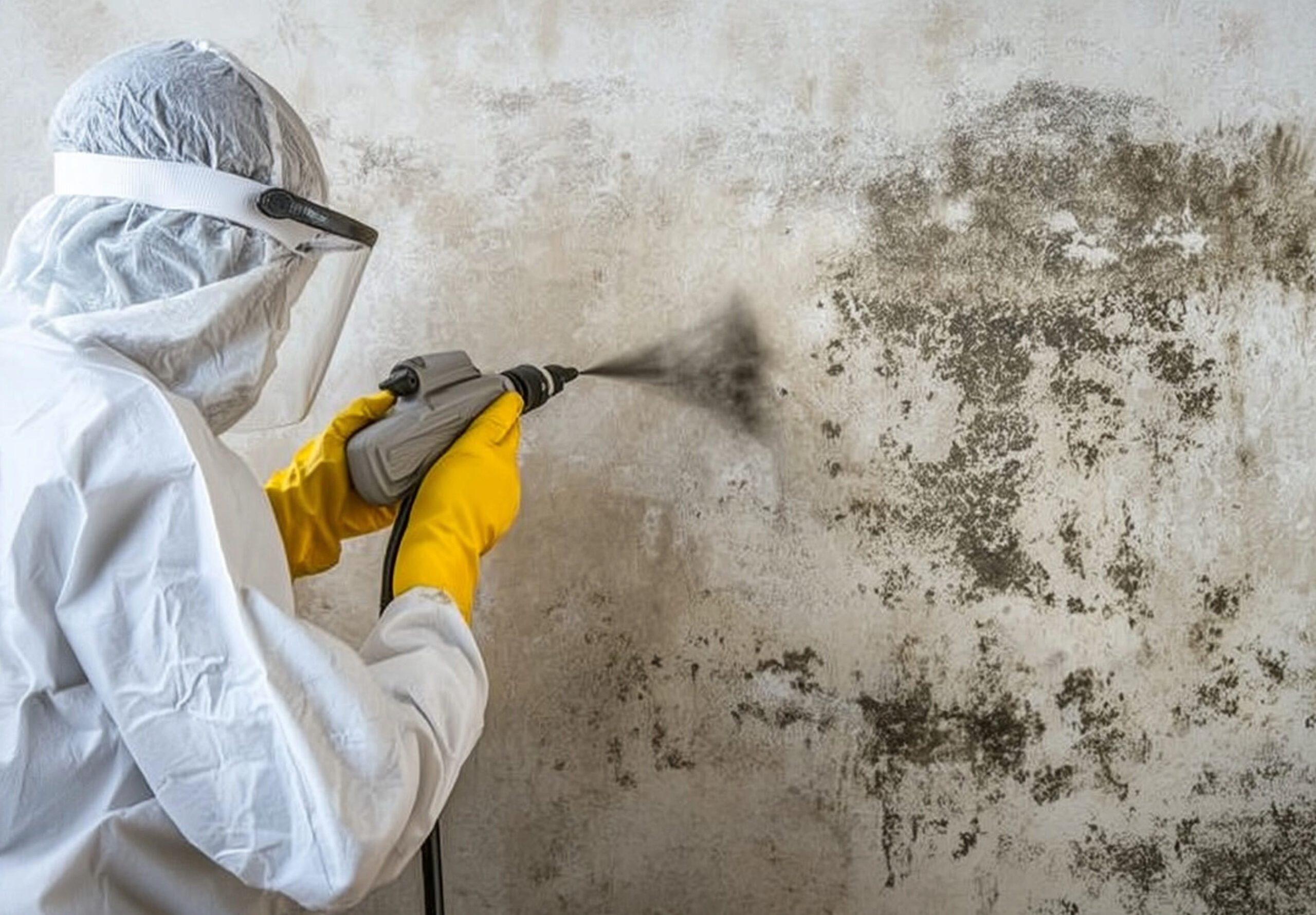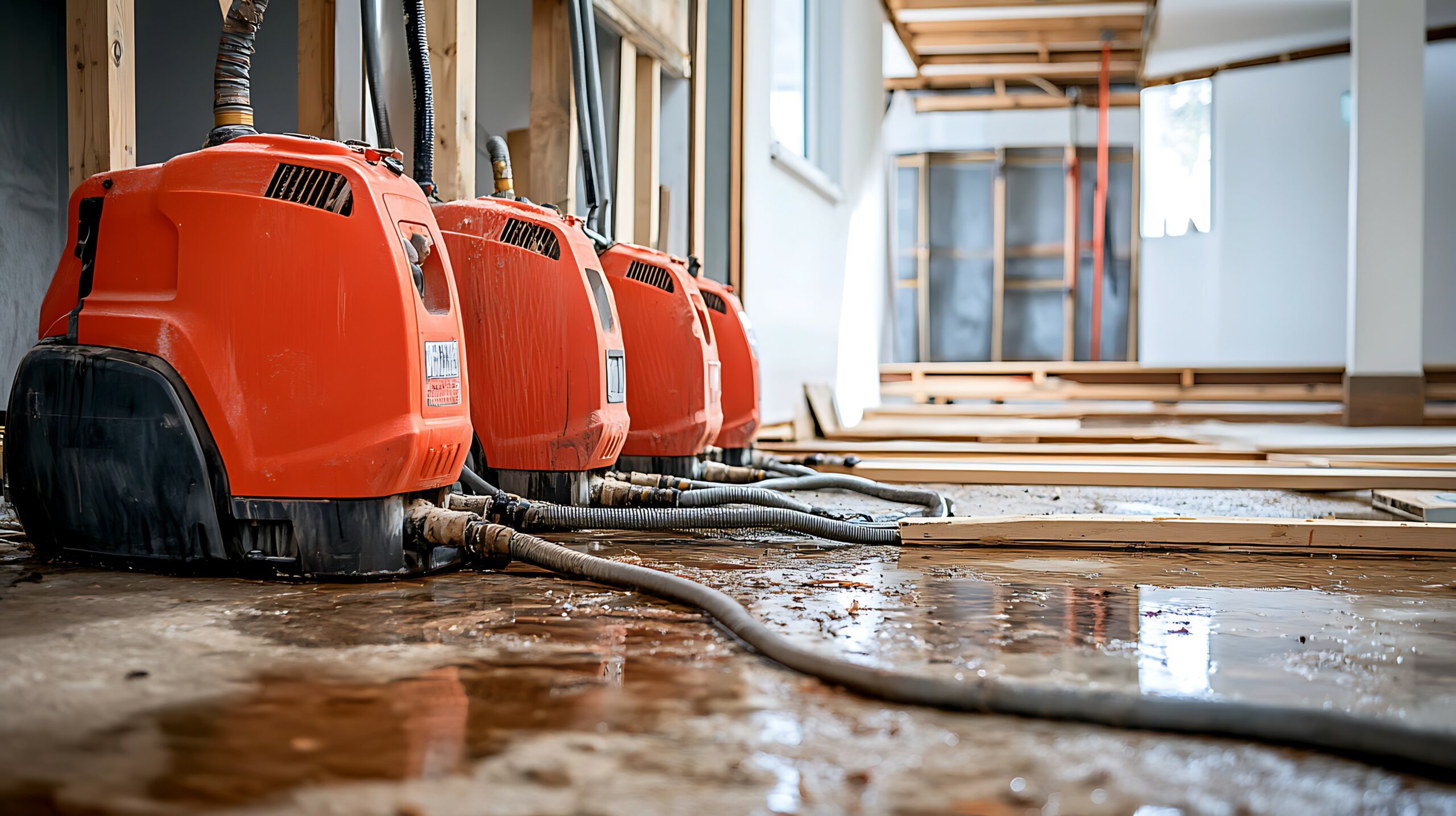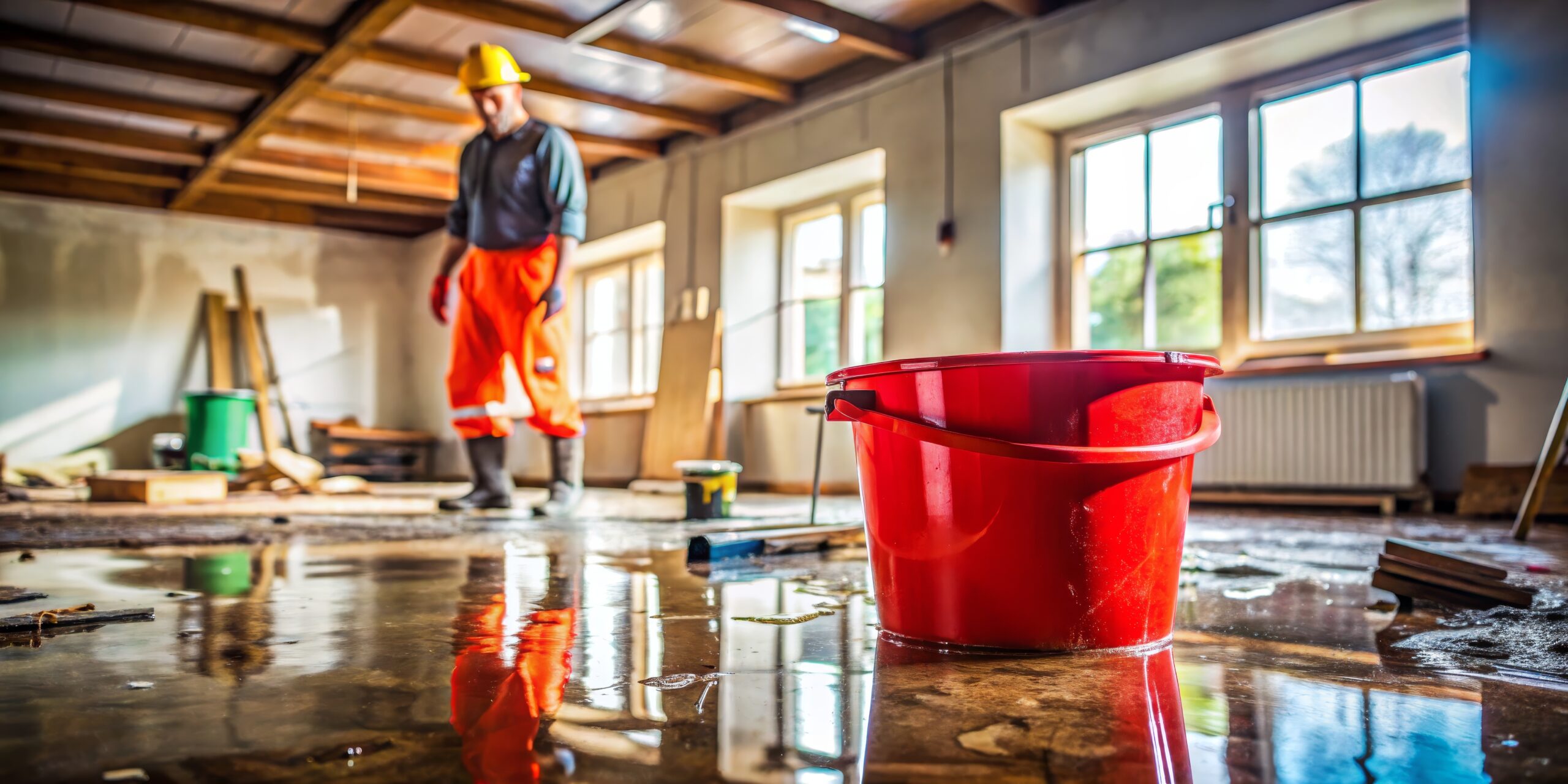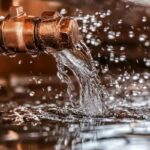After experiencing water damage, you will probably become acquainted with two key terms: restoration and remediation. While both terms have perfectly simple meanings, there are distinct differences. Ultimately, knowing the difference between restoration vs remediation can save thousands of dollars and quite possibly prevent serious health issues.
In basic terms, remediation addresses the immediate threat (like removing different types of mold), while restoration brings your property back to its original condition (rebuilding that water-damaged wall, for example).
Defining Restoration and Remediation
So, these two processes serve different yet complementary purposes in recovery. Both are used in the same context, but with different outcomes. Let’s jump in a little deeper:
What Is Remediation?
Essentially, water damage remediation solves, prevents and repairs immediate dangers caused by water. In practice, it focuses on:
- Containing and removing harmful substances like mold or contaminants
- Preventing cross-contamination to unaffected areas
- Addressing health hazards before they spread
- Creating safe conditions for restoration work
Water damage remediation is simply the process of eliminating hazards that could affect your family’s health or cause problems in the future. It really isn’t more complicated than that, in essence.
What Is Restoration After Water Damage?
You can look at water damage restoration as something that picks up where remediation leaves off. If remediation removes the bad stuff, restoration brings back the good stuff, such as:
- Rebuilding structural elements damaged during the event
- Replacing materials like drywall, flooring, and insulation
- Repainting, retexturing, and finishing surfaces
- Returning the property to its pre-damage appearance
One of our restoration contractors puts it plainly: “Our team comes in after the remediation guys have cleared out the dangerous stuff. We’re the ones who make it look like nothing ever happened – new drywall, fresh paint, replaced fixtures. Restoration is about returning to normal.”
Key Differences Between Restoration and Remediation
Again, while both terms are used in the same context, the differences are distinct. Let’s examine how restoration vs remediation plays out in real situations.
Different Goals and Outcomes
The clearest distinction lies in what each process aims to accomplish:
Remediation goals: Remove hazards, prevent health problems, stop ongoing damage, and create safe conditions.
Restoration goals: Rebuild damaged areas, return property to pre-loss condition, and make the space functional again.
A remediation project might end with exposed wall studs, which are not pretty, but safe. A restoration project, on the other hand, ends with your home looking as it did before.
Timing Considerations
In the vast majority of cases, water damage remediation comes before restoration:
- Water damage occurs
- Remediation addresses hazards
- Restoration rebuilds the property
Restoration vs Remediation Specialists
Remediation specialists tend to focus on hazard removal, have training in containment, use antimicrobial treatments, and often offer mold removal services that are backed by official certifications.
Restoration professionals are more geared toward construction, focusing on matching pre-damage appearance, and may be general contractors with subcontractors.
While some companies (such as WetReset) offer both services, the skills and equipment needed differ quite significantly. As a result, it is uncommon to find a contractor who offers both.
When Is Remediation Needed?
There are certain situations that demand remediation before restoration work begins. Let’s take a look at the most common:

Mold and Contamination
When water damage at home results in mold growth, remediation becomes essential. Mold can begin growing within 24-48 hours of water exposure. But what is remediation in a mold scenario? It includes:
- Creating containment areas to prevent spore spread
- Removing porous materials that can’t be cleaned
- HEPA vacuuming and air scrubbing
- Applying antimicrobial treatments
It’s worth noting that water damage might disturb asbestos in older homes, although (thankfully) asbestos is becoming increasingly rare in this day and age. Additionally, floodwater carries contaminants ranging from chemicals to sewage.
One of our clients in New Orleans experienced this same issue recently: “The floodwater had everything in it, sewage, gasoline, you name it. The water damage remediation team removed all our flooring and two feet of drywall. They treated everything with disinfectants before restoration could begin.”
Checklist: Signs You May Need Remediation First
Use this quick checklist to identify the obvious signs that remediation is needed before restoration:
When Is Restoration Needed?
While remediation addresses hazards, restoration brings your property back to its former glory. In most cases, restoration is needed:
After Fire, Flood, or Major Water Events
Drastic water damage events usually require restoration work, such as:
- Replacing water-damaged drywall and insulation
- Installing new flooring and subfloors
- Rebuilding damaged cabinetry and trim
- Repainting affected areas
The general scope of the work ultimately depends on the extent of the damage and how quickly water was extracted. Fast water removal might mean less demolition, while prolonged exposure requires more extensive rebuilding.
Structural and Cosmetic Repairs
Restoration addresses both structure and appearance:
Structural restoration ensures your property is sound, reinforcing damaged joists, replacing rotted beams, and repairing foundation damage.
Cosmetic restoration returns your home to its pre-damage appearance, matching paint colors, ensuring consistent flooring, and recreating trim details.
What is restoration after water damage if not making it look like nothing happened? Good contractors blend new work seamlessly with existing elements.
Carlos, a restoration contractor at WetReset, explains it more clearly: “I won’t start restoration until remediation is complete. Otherwise, I could trap problems inside walls. The restoration vs remediation sequence matters tremendously.”
Why Both Processes Are Important
The combined approach of remediation followed by restoration provides comprehensive recovery. Skipping either process creates a dangerous half-solution that often backfires.
Think of them as inseparable partners – remediation makes your home safe while restoration makes it livable again. Without this complete approach, you’re left with either an uninhabitable but safe space or a pretty home hiding dangerous secrets within its walls.
Ensuring Safe, Healthy Living Conditions
Proper remediation followed by quality restoration ensures your home is both beautiful and safe. Cutting corners puts your family at risk:
- Inadequate remediation leaves contaminants that cause health problems
- Poor restoration can create conditions for future mold if materials aren’t properly dried
Last year, one of our clients experienced a flood and hired a company that promised quick, cheap handling. They did basic cleanup and installed new drywall without proper remediation. Six months later, her kids were constantly sick, and they found black mold on the walls.
Knowing the difference between restoration and remediation would have saved them so much heartache.
Preventing Recurring Problems
When water damage isn’t properly addressed, problems return with a vengeance. It’s like putting a bandage on a broken arm – it might look covered, but the underlying damage continues to worsen in hidden ways:
- Mold comes back, often worse than before
- Odors persist despite cosmetic improvements
- Structural issues worsen over time
- Property values suffer
Comprehensive recovery may cost more upfront, but it saves thousands by truly resolving issues rather than merely ‘band-aid’ masking them.
Maximizing Insurance Coverage
When dealing with insurance companies, the difference between restoration and remediation is usually relatively simple. Most companies cover both, but only when done correctly. Work with your adjuster to understand what’s covered. Most policies cover both necessary remediation and restoration, but the processes must be documented properly.

Making the Right Choice
At what stage do you actually need to decide between restoration vs remediation? In short, you might consider professional help when:
- Water has affected multiple rooms
- Water has been present for more than 24 hours
- The water source was potentially contaminated
- You notice visible mold
- Family members have unexplained respiratory symptoms
When choosing water damage professionals, look for:
- Proper certification (IICRC for water damage, EPA for mold)
- Clear explanation of the remediation vs restoration approach
- Detailed protocols for both processes
- References from past clients
The best professionals will help you understand how both apply to your situation, explaining the process clearly, without confusion.
|
Download our free guide, “Water Leak in Your House? Here’s Who to Call for Help,” for a checklist to evaluate professionals before hiring. |
Take Action to Protect Your Home

Water damage requires quick, informed decisions. Knowing the difference between restoration and remediation will help you make choices that protect your property and family.
Either way, don’t wait until small water damage issues become huge disasters! If you’ve experienced water damage, contact WetReset today for a professional inspection that will identify necessary steps. Our certified technicians provide clear explanations without confusing jargon.



